When Mike Gravel, a former Alaskan Senator, decided to run for the 2020 presidential nomination, he didn’t want to win. After all, if he had, he would have been the oldest president to ever take office: 90 years on inauguration day. To the two teenagers who first pitched him the idea, David Oks and Henry Williams, he said, “Absolutely not, do you know how old I am?” But after many phone calls (and even a handwritten memo), the two ambitious 18-year-olds convinced him to let them establish an exploratory committee in his name.
It was almost a moonshot idea, but as Oks and Williams saw it, bringing Gravel’s ideas to the debate stage would challenge the watered-down platforms of moneyed Democrats and shift more urgent focus to helping the people. Gravel was no stranger to bold political moves; in an effort to protect public debate about the Vietnam War in 1971, he declassified 4,100 pages of the Pentagon Papers by reading each page aloud on the Senate floor. In recent years, the left had come to more widely support ideas of curtailing American imperialism and adopting socialist policies, which Gravel had established as his beliefs in a previous 2008 run for presidency, to little support. “What you said then, on that debate stage, you got no respect,” said Oks and Williams to Gravel, according to the New York Times. “Today, that is where the left is.”
More than anything, the campaign was symbolic: it needed not to win, or even to get close. Its only idea of success was challenging ideas made popular by compromising, center-left Democrats on behalf of their corporate interests. And to a degree, it achieved that.
Oks and Williams began the campaign by taking control of Mike Gravel’s Twitter account (with permission) and tweeting with the reckless abandon of a candidate who had no allegiance to the party they were running under. Soon, they were catching the attention of journalists and political commentators with their raw, ironic, and humorous comments on national issues and their fellow party members. Over the course of five months, they raised over $120,000 in funds across 67,000+ donations, and qualified Gravel for the first Democratic debate (although he was barred from participating due to an abundance of candidates who exceeded the required thresholds).
It was August of 2019 when the campaign announced its termination, which Oks and Williams noted had been planned since the beginning. In a Twitter thread, the two wrote, “This campaign, really, is about crafting a new society—a kind and gentle society, based on dignity and equality, solidarity and love. A good life for all, regardless of inborn traits or one’s station at birth. A world of peace and real freedom, democracy and fraternity.” They continued by pledging to donate around $100,000 of the raised funds to charity, including clean water efforts in Flint, Michigan.
But the #Gravelanche, as supporters had called it, was only just beginning. The remaining funds—presumably those which had not been spent on the campaign’s limited operational costs—would go to establishing a new institution for the left: The Gravel Institute. This leftist think tank would combat disinformation from the right through policy papers and informative videos. And it positioned itself to wage war on one conservative giant in particular.
Prager University, also known as PragerU, is not actually a university. It was established in 2009 as an “alternative to the moral and intellectual wasteland known as the Western university,” as its founder Dennis Prager puts it, but it does not have a campus or offer classes. Instead, PragerU runs most of its operations on YouTube, taking advantage of the platform’s algorithms to serve as a conversion tool and springboard to alt-right and extremist content. It is primarily funded by oil industry billionaires, American nationalist foundations, and conservative philanthropists, and—perhaps most importantly—it targets youth, even going so far as to make children’s storytimes and videos with simple titles like “Why Girls Become Boys.”
With slick animations, each PragerU video examines a different American issue in a concise way, while lacing in conservative beliefs and data from shoddy, biased sources. They rely on emotional tactics to affirm ideas that are verifiably false, but despite this, their videos are wildly successful on a national level—so successful, in fact, that according to their 2020 annual report, one out of every three Americans has seen at least one PragerU video. Over the years, billions of people have watched their content, with one billion views coming in over the course of 2020 alone.
Oks and Williams had their hands full and the odds stacked against them: two teens backed by a few thousand supporters versus a multi-million dollar propaganda factory backed by multiple billionaires. But they pressed on to launch The Gravel Institute in September of 2020 with a splash. One of their opening videos, which declared war on PragerU with a speech from American comedian H. Jon Benjamin, amassed over 2.4 million views across social media. It revealed an all-star lineup of commentators planning to appear in future videos, from Bernie Sanders to Chelsea Manning to Gravel himself. “This won’t be easy, and we’re going against a goliath, so we definitely need your help,” said Benjamin. “We want this to be a collaborative organization, guided by its members, where we’re trying to do something big. So hey, let’s do this!”
In response to the hype building around the Institute, PragerU dispatched their ‘PragerFORCE’ outreach team—a special 10,000-member strong community dedicated to defending PragerU in the digital realm—with a text blast: “The Grave [sic] Institute wants to take down PragerU & just launched their video. SWARM THE YOUTUBE COMMENTS ASAP!!!” They also flooded Twitter with negative commentary on leftism, even leaving a donation link to their organization under the Institute’s announcement tweet, to which the Institute replied, “shut the fuck up.” It was official, then: the two were enemies, and it seemed the bigger fish was actually threatened by the smaller one, despite its winning numbers.
The Institute’s first explainer video, titled “Is ‘Big Government’ Really the Problem?,” premiered on the same day, intending to be a direct counter to PragerU’s “The Bigger The Government…” video from 2014. Presented by Briahna Joy Gray, an activist and ex-press secretary for Bernie Sanders, the Institute’s video argues that as sprawling and diverse as America is, it needs a large central government to tackle national issues like poverty effectively. On the other end, PragerU argues that as government grows, so do laws and regulations that limit individual freedom. In its own words, “As government increases, liberty decreases.”
However, there’s not much evidence provided for that claim—in fact, almost half (10 out of 24) of the sources listed for PragerU’s video are either think pieces written by Dennis Prager himself, or just links to other PragerU pages. In one of the articles by Prager, his evidence consists simply of: “See Greece. Or Puerto Rico. Or Detroit. Not to mention the Soviet Union, North Korea, or Mao’s China.” The link to the video’s sources is also not explicitly marked, buried at the bottom of a partial transcript. This is already more effort than most people are willing to put in to verify information. As for the Institute, sources are embedded in the description, as well as cited on-screen during the video. There are even explanations addressing academic controversy around one of the sources, providing links to both sides of the argument so viewers can decide who to trust.
Setting a precedent of transparency and academic consensus, the Gravel Institute quickly overtook PragerU in YouTube search results for “big government.” Its opening video surpassed several of PragerU’s videos in view count and the channel gained 50,000 subscribers in just a few days. Today, it stands at over 240,000 subscribers, but it is far from the powerhouse it needs to be to defeat the right’s disinformation mill.
One of the most powerful aspects of PragerU’s operation is that they appeal to emotion and simple, surface-level logic to solidify their ideas to viewers, while also dishing them out so fast that the audience has little time to actually contemplate them. To meaningfully persuade a viewer away from a lot of their claims, you have to bring up complicated statistics and academic language; it’s not as readily understandable if you’re new to leftist ideas. On top of this, PragerU has famously acted as an expressway to YouTube’s massive collection of alt-right, extremist, and conspiracy content—something which does not exist for the left, and which helps right-wingers trap people in their reasoning by convincing them that even the most fundamental things are not true (see: QAnon).
Still, for leftists—who have previously pulled political hijinks like adopting Philadelphia’s Gritty mascot as an antifascist figurehead, or popularizing the term “fuck around and find out” as an opposing battle cry to “don’t tread on me”—vanquishing the crowned ruler of disinformation on a platform which is famous for perpetuating it may not seem so ambitious; it may only seem a fun challenge. That’s the attitude that Oks and Williams appear to have adopted, even before the Institute’s inception. “Irony and humor are important because they’re tools to skewer the powerful, and we use them because they attract support,” said the pair at the conclusion of Gravel’s 2020 campaign. “Be a happy warrior, be joyful—but be earnest. If you give into cynicism, you become useless.”
Just like Gravel’s ultimately futile campaign, The Gravel Institute does not need to radically change the YouTube political landscape to be successful, it only needs to shake things up. Right wing conspiracy theorists have ruled the dark side of the internet and threaded poison into American youth for more than a decade now. We’re long overdue for a little light.
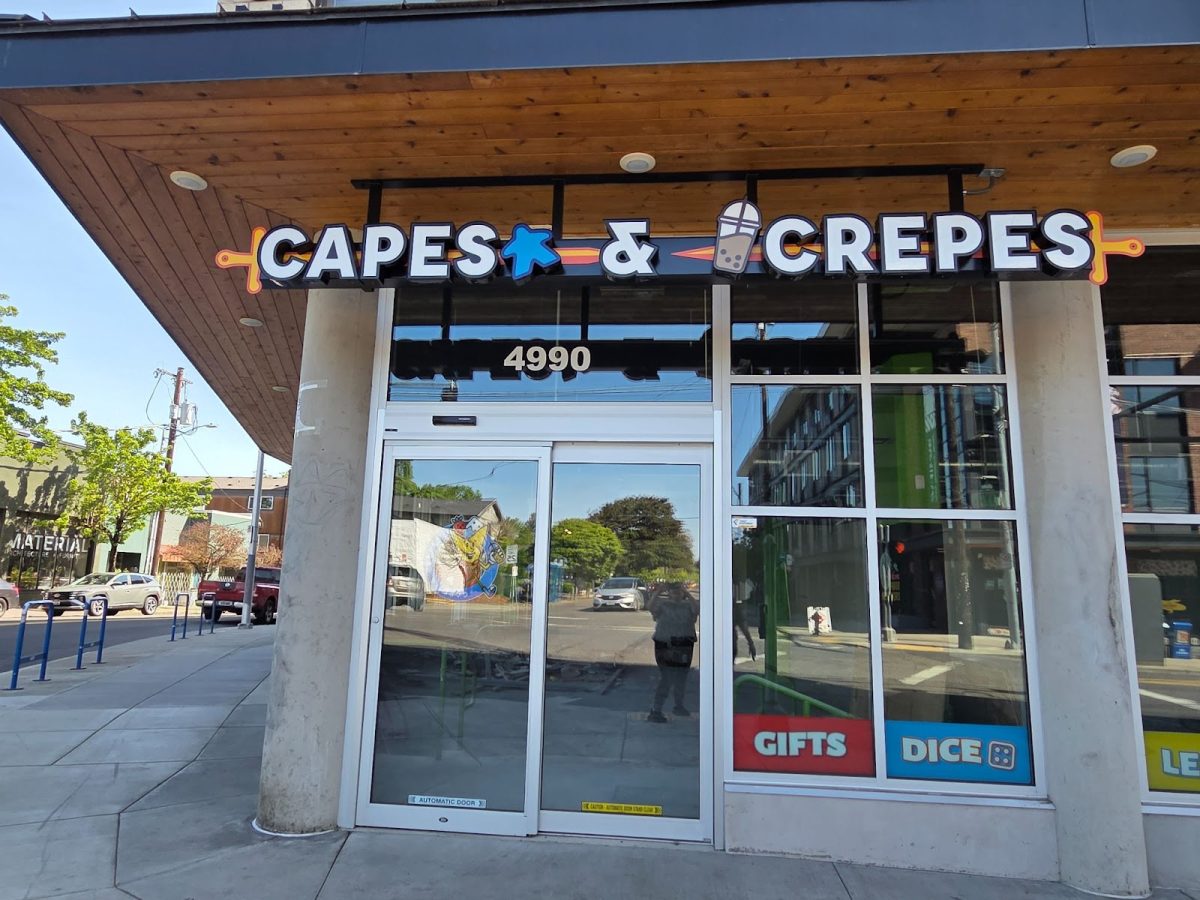









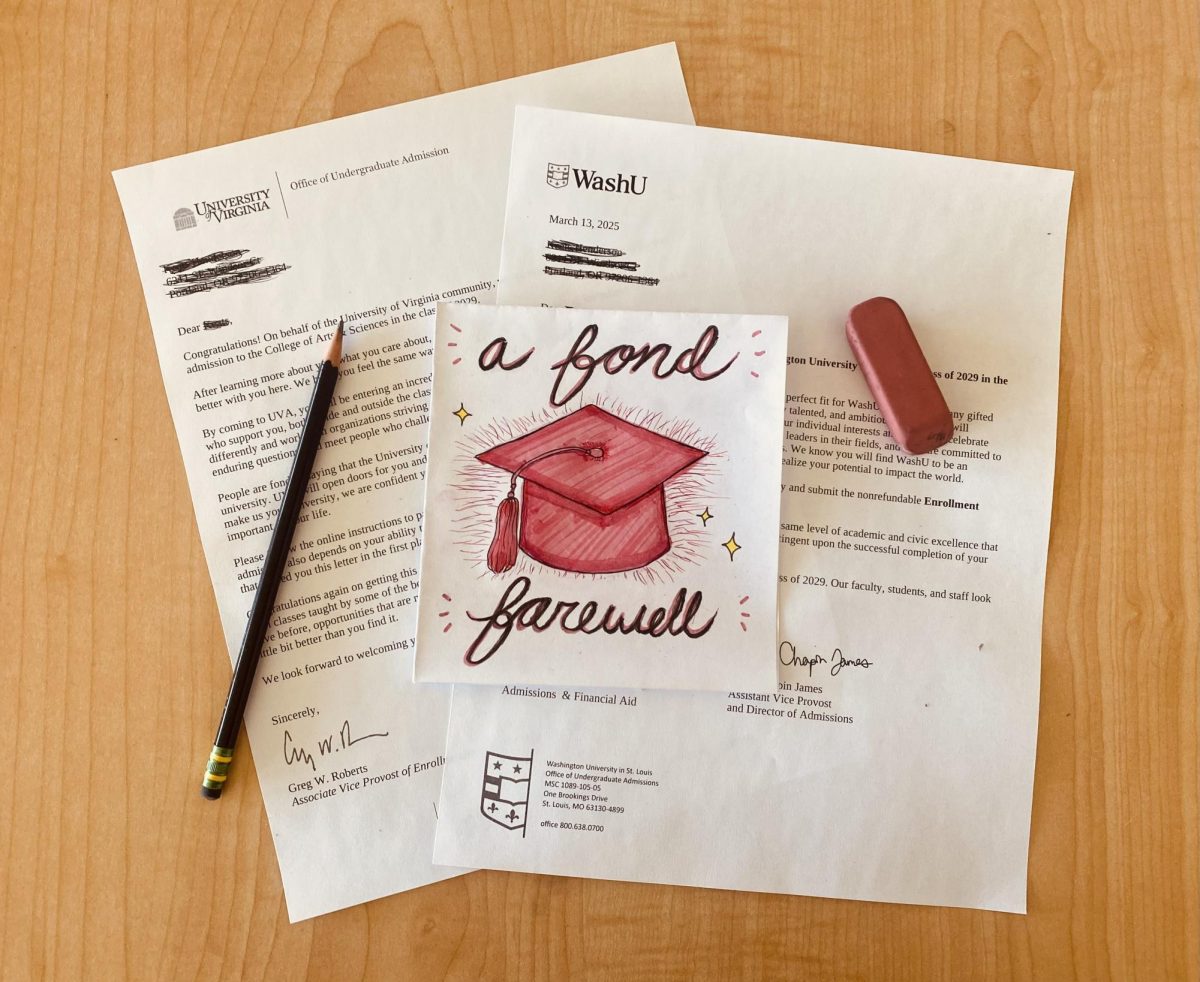















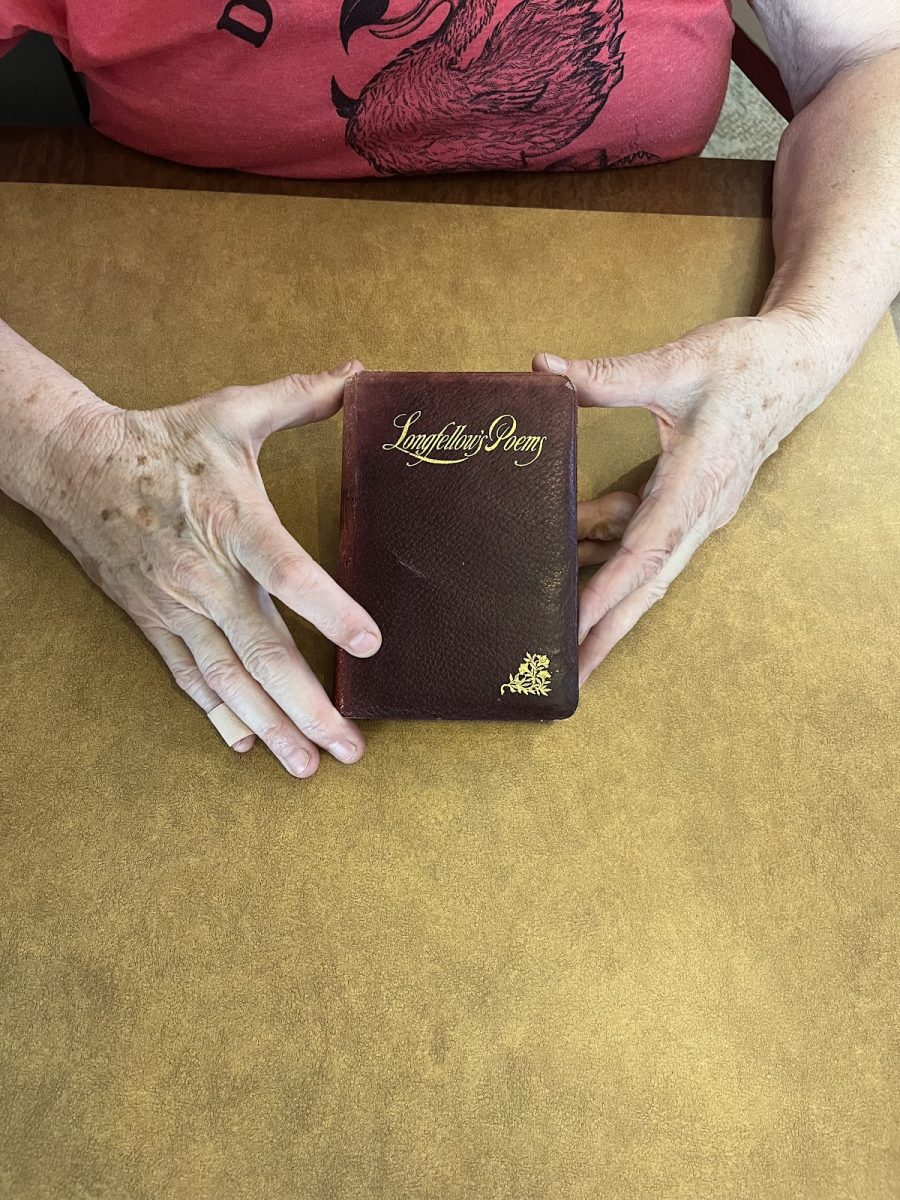


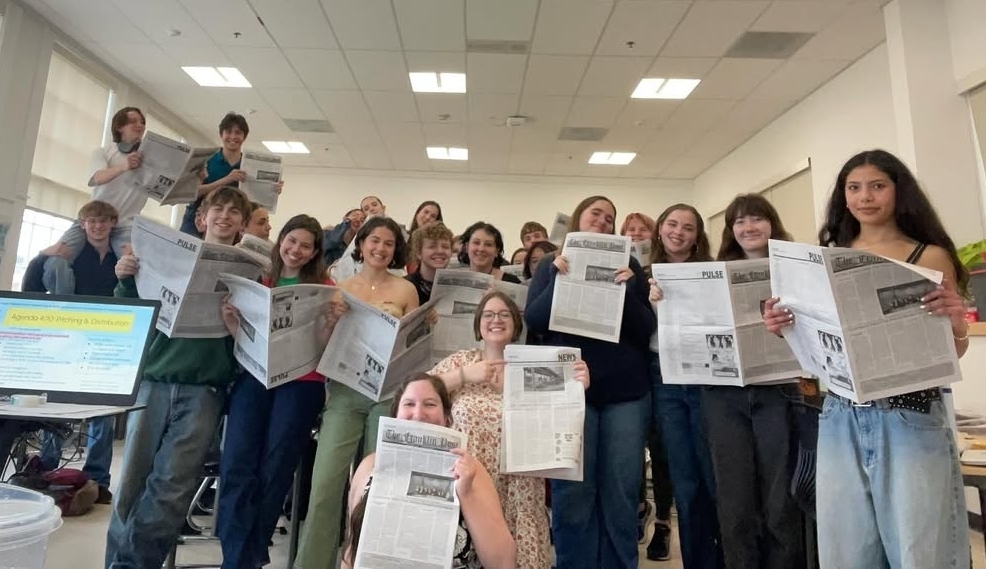
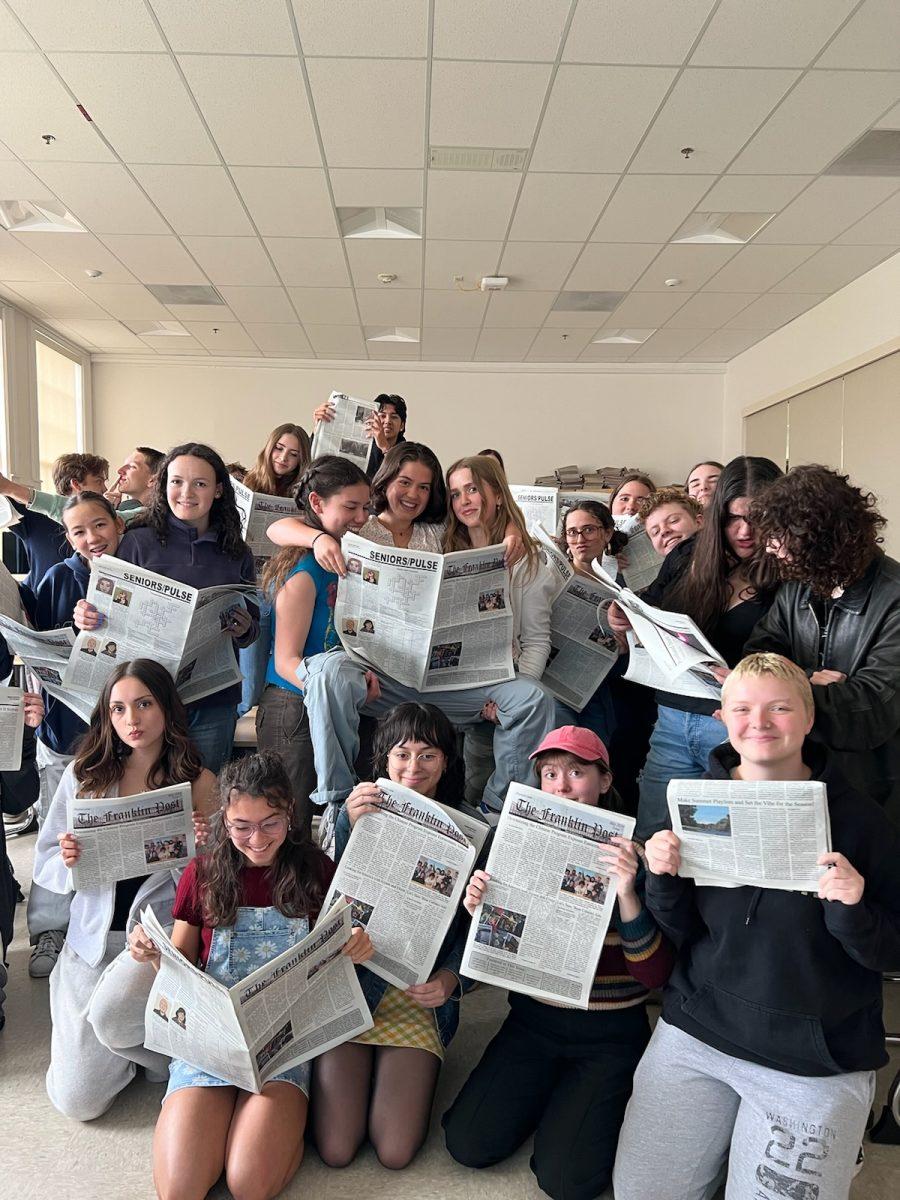

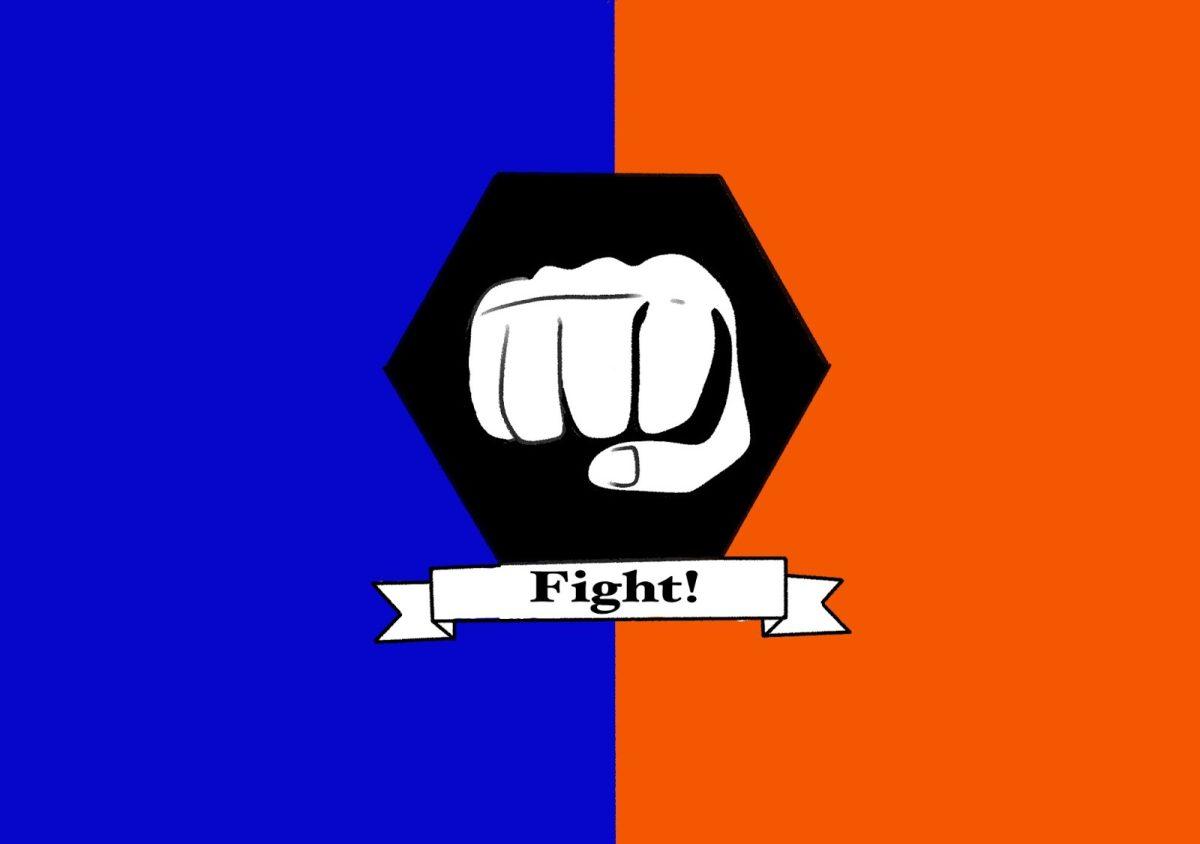

Cooper Long • May 26, 2021 at 7:05 pm
Absolutely loved this piece Ryan! As a huge supporter of what the Gravel Institute is doing it’s wonderful to see deeper insight and background into the founding of it. I’ve been following them for a while now and after years and years of Ben Shapiro’s and Denis Prager’s corporate funded lies, its sure nice to see people stick it to PragerU and dissect/disprove their right-wing talking points. Keep up the amazing work! 🙂